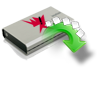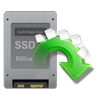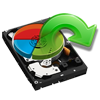“Hi guys, I recently replaced a hard disk with a new SSD in my computer. It was working fine till yesterday, but today morning my Windows Operating System is not booting from the SSD. Due to this issue, i couldn't access the files stored in the SSD. How to resolve this issue? Please help me..!"
Usually, any OS fails to boot from SSD when there is something wrong with the SSD. May be it's due to file system corruption, deleted or inaccessible system files, severe virus or harmful threat infection, bad sectors on thee SSD, partitioning errors, etc.
If you are running into the same problem, and trying to fix the issue on your own, then don't worry! Follow these solutions to fix SSD Won't boot issue on your Windows computer.
Solution 1: Boot Windows from BIOS
Step 1: Use a SATA cable to connect the SSD to your woring computer
Step 2: Restart your PC. Continuously press a specific key (usually F2, F8, F12, Del) to enter into BIOS Setup
Step 3: Now, use the arrow keys to select the Boot option. Here, you can change the boot order to boot from the cloned SSD
Solution 2: Fix the BCD Error to Make the SSD Boot
MBR and GPT SSD have different steps, find the solutions respectively to solve the BCD error and then boot from your SSD.
1 - The SSD is MBR
Step 1. If the system partition doesn't have a drive letter, assign one for it.
- Open Disk Management under Storage by right-clicking Computer/This PC > Manage.
- To assign a drive letter if one has not already been assigned, select the partition, click Add, click the letter that you want to use, and then click OK.
Step 2. Run Command Prompt as administrator.
Here, we suppose the system partition is E: Then, run the command:
bcdedit /store E:\boot\bcd
Check that the System and boot pointers are correct after running. If they are not correct, use the /set command to fix them. For example, if the system partition should be M: it becomes E: You can follow this to fix it:
Bcdedit /store M:\boot\bcd /set {bootmgr} device partition=M:
2 - The SSD is GPT.
Step 1. Set the partition ID as basic ID.
The BCD mode on the GPT system is similar to the MBR, except that the GPT system disk is an EFI partition. You need to modify the partition ID to the Basic data partition ID by using the Diskpart set command on the EFI partition.
set id=ebd0a0a2-b9e5-4433-87c0-68b6b72699c7
Step 2. Assign the drive letter and view BCD information
Then assign the drive letter. If the assigned drive letter is M:, then run the BCD edit command to view the BCD information.
bcdedit /store M:\EFI\Microsoft\Boot\BCD
If the partition is pointed to an error, use the /set command under BCD edit to modify it correctly. The modification is the same as that in the MBR.
If there is a startup problem after modifying the BCD correctly, you need to check the Active partition is set for the MBR disk while the GPT system disk needs to add the startup item. If you still have the problem, you can also contact us.
If you are not able to boot the SSD drive, then you should keep your device powered off until you diagnose the reasons for it. Attempting to boot damaged SSD drive can cause more damage to it due to which the complexity of data recovery increases. In order to restore your vital data from unbootable SSD drive, you need to connect the drive to a healthy system as external drive. Then, install and run the recovery application on a healthy PC to recover your precious data when SSD drive won’t boot.
However, if the above two manual solutions doesn't work out, then first safeguard all your files from SSD with powerful data recovery software. Yodot Hard Drive Recovery is one such trusted and powerful data recovery tool that can recover files from unbootable SSD.
Yodot Hard Drive Recovery - Free Tool to Recover Data from Unbootable SSD:
HDD recovery is the smartest SSD drive recovery program that helps you to retrieve data when SSD stops booting on your Windows system. The recovery application is built with an efficient disk scanning technology that scans each and every block of SSD drive to restore lost data. You can even use this application for retrieving data from internal hard drives as well as from portable storage devices such as external hard drives, USB drives, FireWire drives, memory cards, iPods, etc. This recovery program is capable of recovering data from various file systems like FAT, NTFS, ExFAT, etc. from Solid State Drive. The restored data can be arranged on the basis of file name, size, date of creation, modification file type and other attributes. This recovery tool effectively works on Windows 8, Windows 7, Windows Vista, Windows XP, Windows Server 2003 and Windows Server 2008 operating systems.
Procedure to recover data when SSD won’t boot on Window PC:
- Download Yodot Hard Drive Recovery software and install it on a healthy desktop or notebook
- Then connect the unbootable SSD drive to system in which recovery program is installed
- Launch the application to start recovery process and follow instructions present on screen
- In main screen, you will get two options i.e.“Partition Recovery” or “Formatted/ Reformatted Recovery”
- Select the appropriate option to recover data from unbootable SSD drive on system
- The recovery application scans the entire system and displays all drives present in SSD drive
- Select the appropriate physical drive from which you need to retrieve data and click on “Next” button
- In next Tab, you can choose a particular file types or simply press “Skip” option to select all file types by default
- The recovery application will display all retrieved files from SSD drive and you can preview them either in “Data view” or “File Type view”
- Use “Save Recovery Session” option to save the scanned information, so that you can avoid rescanning the SSD drive
- Finally save the recovered data to your desired destination location (and not to the same SSD drive from which you are trying to retrieve data)
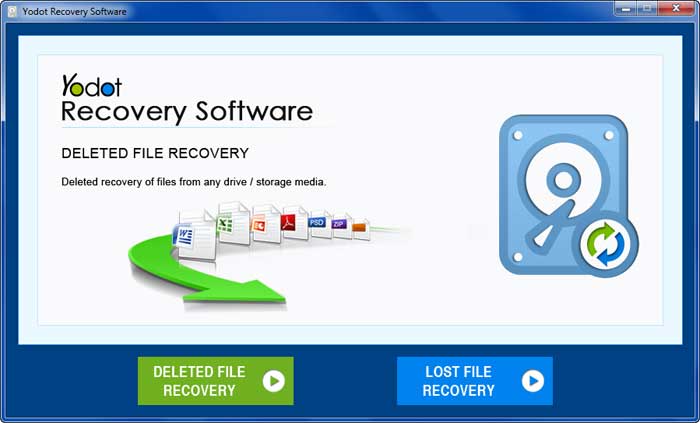
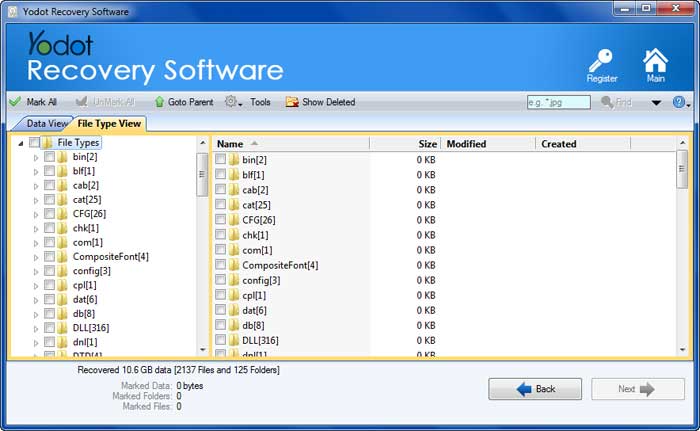
Precautions:
- Keep an additional copy of your precious data from SSD drive on any other reliable storage device
- Avoid conducting file transfer process when frequent power fluctuate or surge happens
- Install good security application on your SSD drive to free it from virus or harmful threat infection
